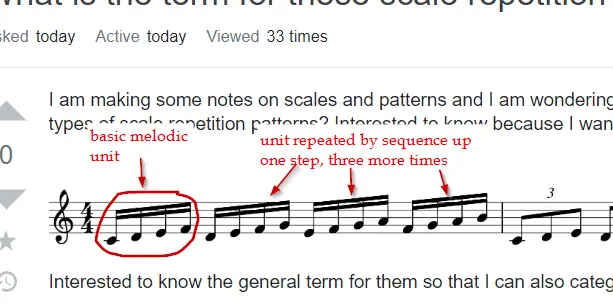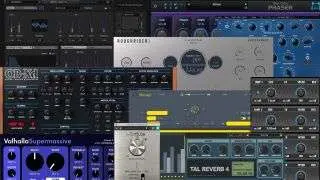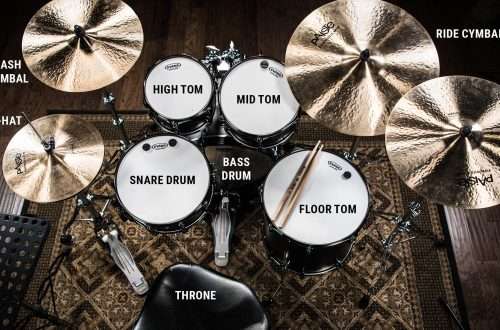
Repetition of melodies and practice of scales
Verifying your skills
Once, on a winter evening, I was at school in a piano lesson. I thought it would be fun this time, because the teacher suggested playing the so-called “Fours”, a series of four-bar solos, a kind of melodic conversation between two musicians. Everyone has 4 measures for their utterance, followed by the next musician, and so on. I thought that now, finally, after many hours of lessons in which I was “tyrannical” with technicalities, tedious thinking exercises, I would finally show my teacher what I can do! Maybe he’ll finally let go of me when he hears my licks, tricks I can play, understand that I don’t really need all these exercises, that we’ll finally start real lessons. We chose chords “after which” we would play, turned on some rhythm and started improvising. Everything was going well, first lap, second lap, fifth, seventh … After ten it became uncomfortable because I ran out of ideas and a great little improvisation started. I knew what sounds to use, but how to combine them to create an interesting melody, attractive also in the rhythmic context, original? These are the melodies I heard on the other hand, every circle of my teacher sounded so racial, so fresh, so interesting. And at my place? With each new circle it got worse and worse until it just started to sound just embarrassing. I just felt crushed in this “skirmish”. My skills were revised quite brutally and the teacher didn’t come to the conclusions I had expected before. I then realized that my “philosophy of science” and approach to practice must have flaws somewhere. I kept asking myself “how to do it so as not to play boring, repetitive, predictable?” How can I make my sounds fresh and my phrases racy? ”. As we devoted the next lessons to playing scales and building melodies around those scales, I began to understand how it works.
Practice your scales and discover the melodies in them, instead of mindlessly copying licks
By practicing the scales from bottom to top, from top to bottom, we learn the fluency of the fingers, but also the fluency of thinking, quickly building a specific scale, remembering their sound, gravity, and the relationship between sounds. When we start practicing the same scales, but using various rhythmic figures in them, it becomes more and more interesting. Let’s add a few chords “underneath” and we are on our way to creating beautiful and OWN melodies on our own. I remember when I practiced this for the first time and after some time I started (inventing myself!) Under my fingers to hear licks that I had heard on various albums, with other jazz pianists! It was an amazing feeling and satisfaction. I came to it from a completely different side than before – not copying (which, by the way, I do not deny, even encourage), but practicing! I knew that this method was more logical, permanent, because when playing solo, I can consciously add a serve at any time, use it where I want as an interesting flavor, and not just use licks to build a solos. The proportions turned and the game made sense.
I realized that the beautiful phrases and solos come from our musicality supported by solid practice of scales, chords, technique, they come from experience and listening to music, not from learning a trick found somewhere that promises to play like George Duke in 5 minutes!
Workshop corner 🙂
Here are a few examples of exercises that can be performed in all keys, they can slightly disenchant only the scale up and down exercises. We will base on the C major scale:
Now let’s play it differently, between each successive note in the scale, let’s play the note “C”:
Another small change – let’s play “C” notes with eighth notes:
There is probably an infinite number of combinations, we can play the scales up and down, interlacing them with specific sounds, change the rhythm, time signature, and key. Finally, let’s invent melodies that will contain all the notes on the scale.
I don’t mean to say that writing solos by great musicians, learning them, using those licks is wrong, quite the opposite! This is very expanding, especially when we understand these melodies in terms of genre, specific chords and practice them in all keys. However, very often it looks like that we start to dispassionately torture the lick in each track, without thinking if it fits here, or if the style of a given song fits in another, how to use the timbre. When all these aspects are taken into account and we use someone’s “smart” melodies, then these quotes can take on a new breath, freshness and become interesting additions to our game, not tired, repeated, bored melodies!





